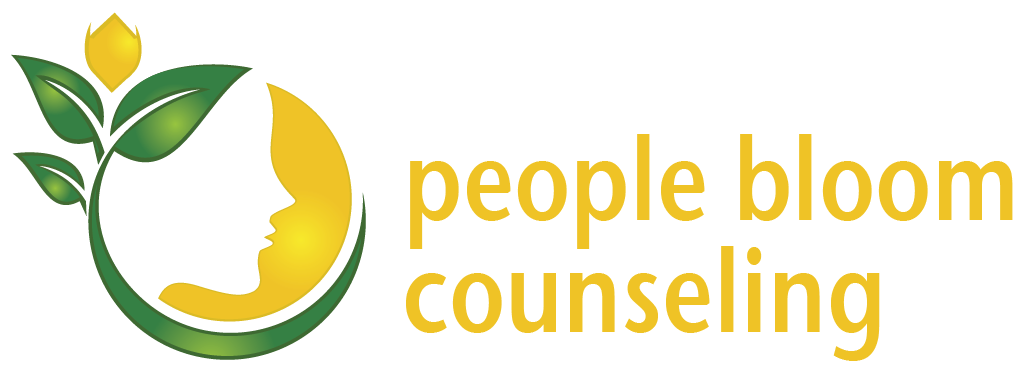I’m writing this from out of town following a family medical emergency. The days are long and the waiting is hard. Little comments bring tears to our eyes, after which we move onto what needs to be done by whom when. Someone once said, “There is as much life in a moment of pain as there is in a moment of joy”.* We’re trying to take in all the moments.
As a trained therapist, my family is obviously not my clients. However, when one of us is upset, I naturally step in to give permission to feel our feelings, to provide empathy and validation, to give a hug and to remind everyone what the medical team has said. I think about pets and how they can be emotionally supportive and soothing during upsetting times. What can we learn from animals on how to be emotionally supportive during a medical emergency?
Three tips to be an emotionally supportive human
When you don’t know what to say, say nothing
Animals don’t talk; they stay close and make themselves available. They sense that you’re in distress and they come near. People have the best intentions and they want to be supportive, but when they don’t know what to say, they can say the weirdest sh*t. “Oh, they’ve lived a long life,” or “At least you get to marry somebody else,” or “A similar thing happened to my sister…” and then they go on to tell their story.
Just. Stop. Talking.
And never begin sentences with, “At least…” These words convey the opposite of empathy. For example, “At least they’re in a better place” is to say it’s a good thing that the person is no longer with us. When someone is grieving a loss and missing the person, that might not be comforting.
Similarly, when you begin sentences with the words, “I’m glad…”, for the grieving, there might be nothing glad about the situation, not in that moment of pain. So, before you say something, ask yourself if it’s to make you feel better or do you really have the other person in mind? If it’s for you, keep it to yourself.
Keep your judgement to yourself
Animals don’t judge; their presence is unconditional. You can have bad breath, the worst hair day, be in a bad mood, feel horrible about yourself… It doesn't matter. When you want to climb into a hole, your emotional support animal climbs in there with you.
People have judgments about what should’ve happened to prevent this or that or how something should be handled now that we’re where we are. People have opinions and some people have more than one, which inadvertently places judgment on an already very sad and heavy situation.
Before you share your opinion, ask yourself, “Am I just saying this to be heard or is this solely to benefit the other person?” If it’s the latter, ask for permission to share. “I have a thought about this. Would you want to hear it?” It’s an overwhelming time for families going through a medical emergency. Even if you’re trying to be helpful with your comments, now might not be the time. Be respectful of how much information can be absorbed. Even good and helpful things can be left unsaid.
Take care of basic needs
Under stress, there’s a tendency to throw basic self-care out the window. I’m talking about drinking water, going to the bathroom, keeping good posture, regulating your body temperature, etc. As an emotional support human, remind people to do these basic things. “It’s time to take a break from visiting and go for a walk” or “Let’s eat something now”. Be respectful and gentle with these prompts and never demanding. If it can be helpful, let them know the person they’re visiting would want that for them too.
Taking care of basic needs would include your needs too. Imagine an emotional support animal that is sleep deprived, hungry, dirty and holding in their pee. They can get agitated, be smelly or accidentally wet the couch. Take breaks, keep up with your personal hygiene and get some air. You can only be emotionally supportive if you stay healthy and well.
Take good care.
Ada Pang is the proud owner of People Bloom Counseling, a Redmond psychotherapy practice. She helps unhappy couples find safety and connection in their relationship. She also helps cancer thrivers and their caregivers integrate cancer into their life stories. After this blog, she’ll do some light stretching on Peloton and go for a long walk. Just taking it a moment at a time.

















